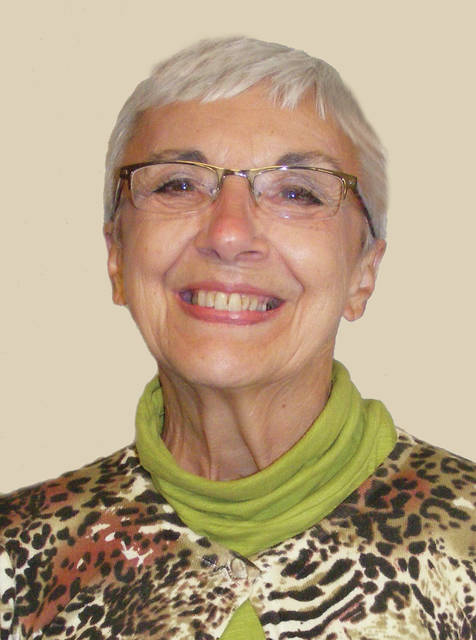
New York City, home to much of the world’s great art, artists, and artistic venues, is suffering greatly during this pandemic. People are unable to safely congregate and museums and theaters are closed to the public, hushing the famed hustle and bustle of this iconic city. However, the opening of Moynihan Train Hall offering a needed expansion of concourse space for Penn Station is seen as a symbol of hope by New Yorkers, providing a bright spot at the close of a dark year.
New York Governor Andrew Cuomo said that the sparkling glass-topped space through which sunlight pours “speaks to brighter days ahead when we will be able to congregate, to pass one another and to share the same space free of fear,” promising renewal and rebirth of civic life in New York, and pointing to opportunity ahead. The culmination of a vision first promoted by New York Senator Daniel Patrick Moynihan in the early 1990s, the building conceived as a bid to recapture the glory of the old Penn Station, an architectural masterpiece sadly demolished in 1963, opened to the public on the first day of this new year.
The station, meant to welcome commuters and the world to New York, is filled with natural light, as well as by permanent installations by some of the world’s most celebrated artists, including Kehinde Wiley, the African-American painter commissioned to create the portrait of former President Barack Obama which hangs in the Smithsonian’s National Portrait Gallery. Wiley is known for his work featuring young African-Americans in poses used by Renaissance masters.
However, Wiley’s contribution to the Train Hall is a hand-painted stained-glass triptych called “Go,” depicting sneaker-clad break dancers who appear to be floating across the sky. Unlike the classical frescoes referenced, the joyous figures depicted are not angels or gods, but contemporary women dancing. “It’s this idea of expressing absolute joy,” Wiley explained. “The aesthetic of Black culture is the aesthetic of survival, of buoyancy and saliency and the ability to float in the midst of so much,” he went on; “I wanted to create, at the intersection of trade, commerce and transportation in the capital of the world’s economy, something that sits as a testament to Black possibility,” Wiley concluded.
Canadian artist Stan Douglas created giant photographic panels re-enacting historical moments to serve as the backdrop along a wall of the waiting area for ticketed passengers; this homage to the original Penn Station celebrates noteworthy moments that occurred in the iconic space. Because of social distancing requirements, Douglas invited 400 people to an empty hockey arena where they were dressed in period clothing and then photographed individually; he layered the images atop one another to create joyous crowd scenes, one of which depicts a memorable moment when a spontaneous show was performed inside the hall by vaudeville stars stranded after a major snowstorm in 1914.
Berlin-based artists Michael Elmgreen and Ingar Dragset created The Hive, a set of models of skyscrapers that hang upside down from the ceiling like stalactites; the exhibit includes 72,000 LED lights, and six buildings change colors. The work is intended to reflect how richly diverse cities function because people accept certain rules for coexisting. “It’s about a huge collaboration in order to make everyone survive,” Mr. Dragset explained. An important aspect of the work is that people see themselves reflected in the base plate, creating an interaction between the audience and the piece.
While the new building has been criticized for failing to solve New York City’s myriad transportation problems, officials say it is a necessary first step. Governor Cuomo proudly touts delivering a major infrastructure project on time despite a pandemic, calling the achievement “deeply hopeful,” and something that will transcend the COVID-19 era. “It promises renewal and rebirth of civic life in New York, and points to the opportunity ahead,” the governor stated.
The opening of Moynihan Train Station reminds us that light symbolizes hope, and that art adds joy to life. We can find solace in that truth even without traveling to New York City.





